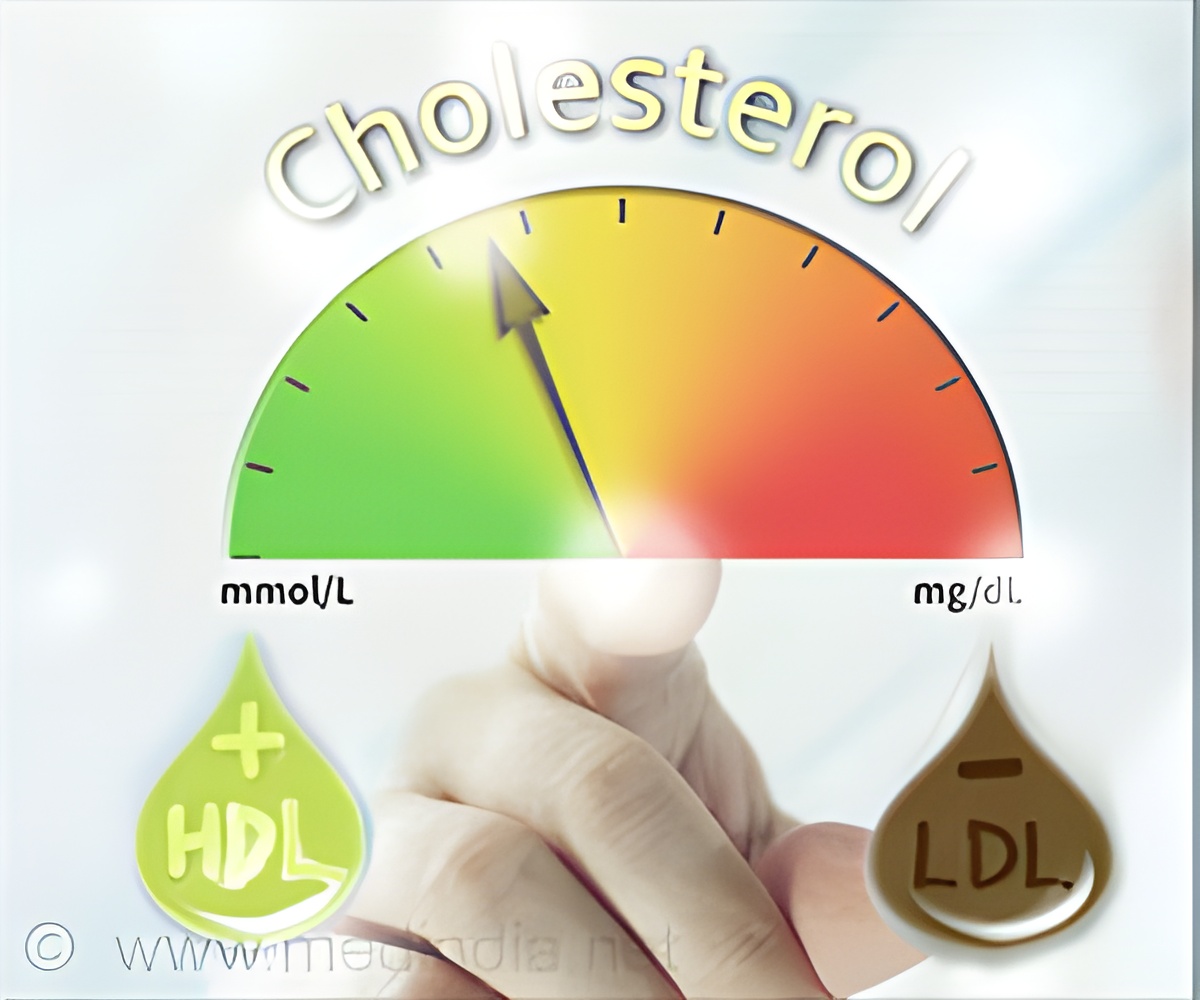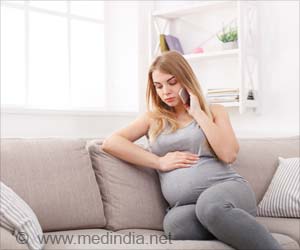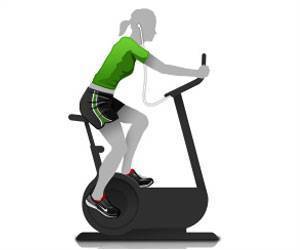Too low LDL levels can also be risky. A new study suggests that low bad cholesterol levels may increase the risk of bleeding stroke in women.

‘Women who have low levels of LDL cholesterol (bad cholesterol) are more than twice as likely to have a hemorrhagic stroke.’





LDL cholesterol is called bad cholesterol because it can lead to a fatty build-up in the arteries. The study also found that women with the lowest triglyceride levels, a fat found in the blood, had an increased risk of hemorrhagic stroke compared to those with the highest triglyceride levels.Hemorrhagic strokes, also known as bleeding strokes, are much less common than ischemic strokes, when blood flow is blocked to the brain. They are also more difficult to treat and therefore more likely to be deadly.
"Strategies to lower cholesterol and triglyceride levels, like modifying diet or taking statins, are widely used to prevent cardiovascular disease," said study author Pamela Rist, ScD, of Brigham and Women's Hospital in Boston and a member of the American Academy of Neurology. "But our large study shows that in women, very low levels may also carry some risks. Women already have a higher risk of stroke than men, in part because they live longer, so clearly defining ways to reduce their risk is important."
The study involved 27,937 women age 45 and older enrolled in the Women's Health Study who had total cholesterol, LDL cholesterol, high-density lipoprotein (HDL) cholesterol, which is known as good cholesterol, and triglycerides measured at the start of the study. Researchers then reviewed medical records to determine how many women had a bleeding stroke.
With an average of 19 years of follow-up, researchers identified 137 women who had a bleeding stroke.
Advertisement
For triglyceride levels, researchers divided the women into four groups. Women in the group with the lowest levels had fasting levels 74 mg/dL or lower, or non-fasting levels of 85 mg/dL or lower. Women in the group with the highest levels had fasting levels that were higher than 156 mg/dL, or non-fasting levels that were higher than 188 mg/dL.
Advertisement
No difference in risk was found for total cholesterol or HDL cholesterol.
"Women with very low LDL cholesterol or low triglycerides should be monitored by their doctors for other stroke risk factors that can be modified, like high blood pressure and smoking, in order to reduce their risk of hemorrhagic stroke," Rist said. "Also, additional research is needed to determine how to lower the risk of hemorrhagic stroke in women with very low LDL and low triglycerides."
One limitation of the study was that cholesterol and triglyceride levels were only measured once at the beginning of the study. Also, a large number of the women had already reached menopause when those levels were measured, which prevented researchers from examining whether menopause status may influence the link between cholesterol and triglyceride levels and bleeding stroke.
Source-Eurekalert















